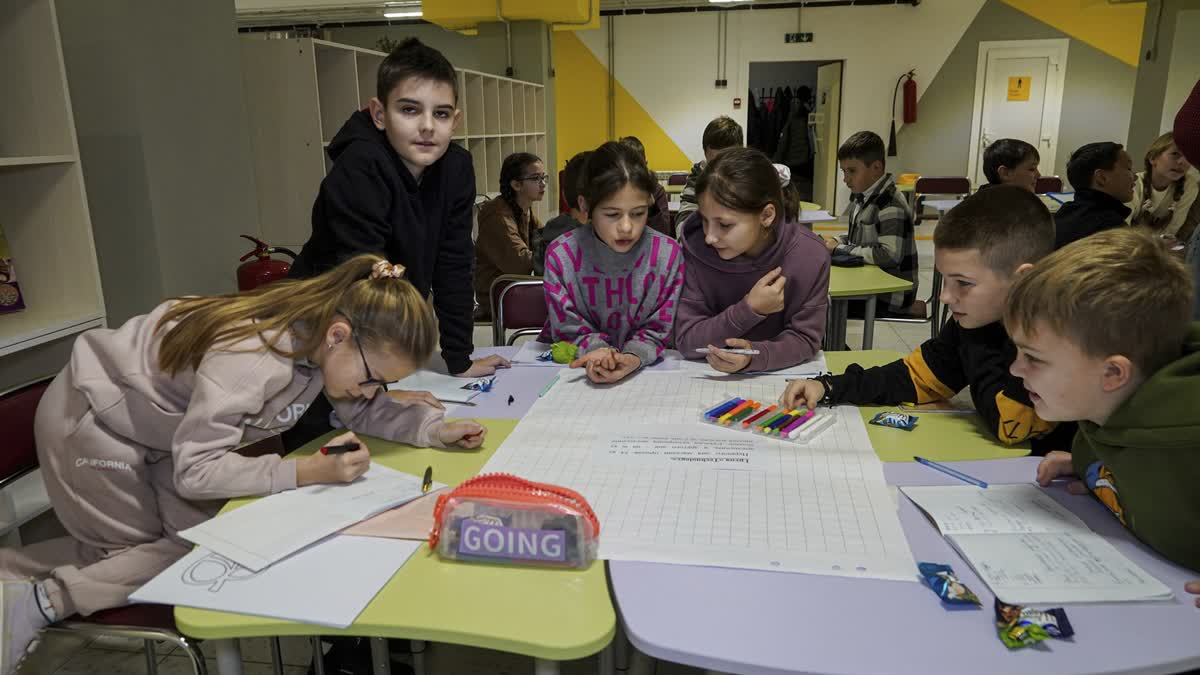Hyderabad: International Day of Child Rights has been celebrated by the United Nations since 1989 as “World Child Rights Day” to attract attention to rights violations children face around the globe. The United Nations General Assembly adopted on 20 November 1989 the “Convention on the Rights of the Child” to protect and improve conditions of children striving to survive in regions struck by war and poverty.
The Convention recognises the civil, economic, social and cultural rights of all children. To date, only the United States is yet to ratify the Convention.
November 20 is also the occasion for humanity to consider the position of children’s rights around the globe, and to publish its new 2016 map of children’s rights worldwide.
History Of Child Rights
Human right groups have been reporting that millions of children in the world, especially girls, do not enjoy their rights. In the less developed regions of the world, their education is still perceived as having less value than that of boys. This condition shatters their dreams of a better future. Given that children face discrimination and marginalization everywhere on earth, the United Nations’ (UN) General Assembly (GA), on December 14, 1954, instituted the International Day of the Rights of the Child (World Children’s Day) and adopted its Declaration in 1959 and the Convention on the Rights of the Child (CRC) in 1989 to promote children’s welfare and rights. November 20th commemorates the date of the adoption of both the Declaration and the Convention. The fifty-four (54) articles of the CRC set out the rights of children and how governments are expected to promote them.
Some children who attend schools, institutions, and ministries in developing countries come from homes where they are looked after either by single parents, or relatives. Their families are poor and have no access to healthy food, good medical care, and school requirements. They experience marginalization and exclusion from mainstream school activities if their disadvantaged and underprivileged condition is not considered. Champagnat’s sensitivity and attention to the needs of the poor and marginalized children pushed him to fight vigorously against any circumstances which hindered them from fully enjoying their rights. He often cautioned the Brothers against negligence and urged them ‘to be guardian angels to the children by constantly being on their guard, vigilant and attentive to their needs.
Major Rights of Children In India
Right to equality (Article 14).
Right against discrimination (Article 15).
Right to personal liberty and due process of law (Article 21).
Right to being protected from being trafficked and forced into bonded labour (Article 23).
Right of weaker sections of the people to be protected from social injustice and all forms of exploitation (Article 46).
Right to free and compulsory elementary education for all children in the 6-14 year age group (Article 21 A).
Right to be protected from any hazardous employment till the age of 14 years (Article 24).
Right to be protected from being abused and forced by economic necessity to enter occupations unsuited to their age or strength (Article 39(e)).
Right to equal opportunities and facilities to develop in a healthy manner and in conditions of freedom and dignity and guaranteed protection of childhood and youth against exploitation and against moral and material abandonment (Article 39 (f)).
Article 24 Prohibition of employment of children in factories, etc. No child below the age of fourteen years shall be employed to work in any factory or mine or engaged in any other hazardous employment.
Article 39 Certain principles of policy to be followed by the State. The State shall, in particular, direct its policy towards securing
a.That the citizen, men and women equally, have the right to an adequate means of livelihood
b.That the ownership and control of the material resources of the community are so distributed as best to subserve the common good
